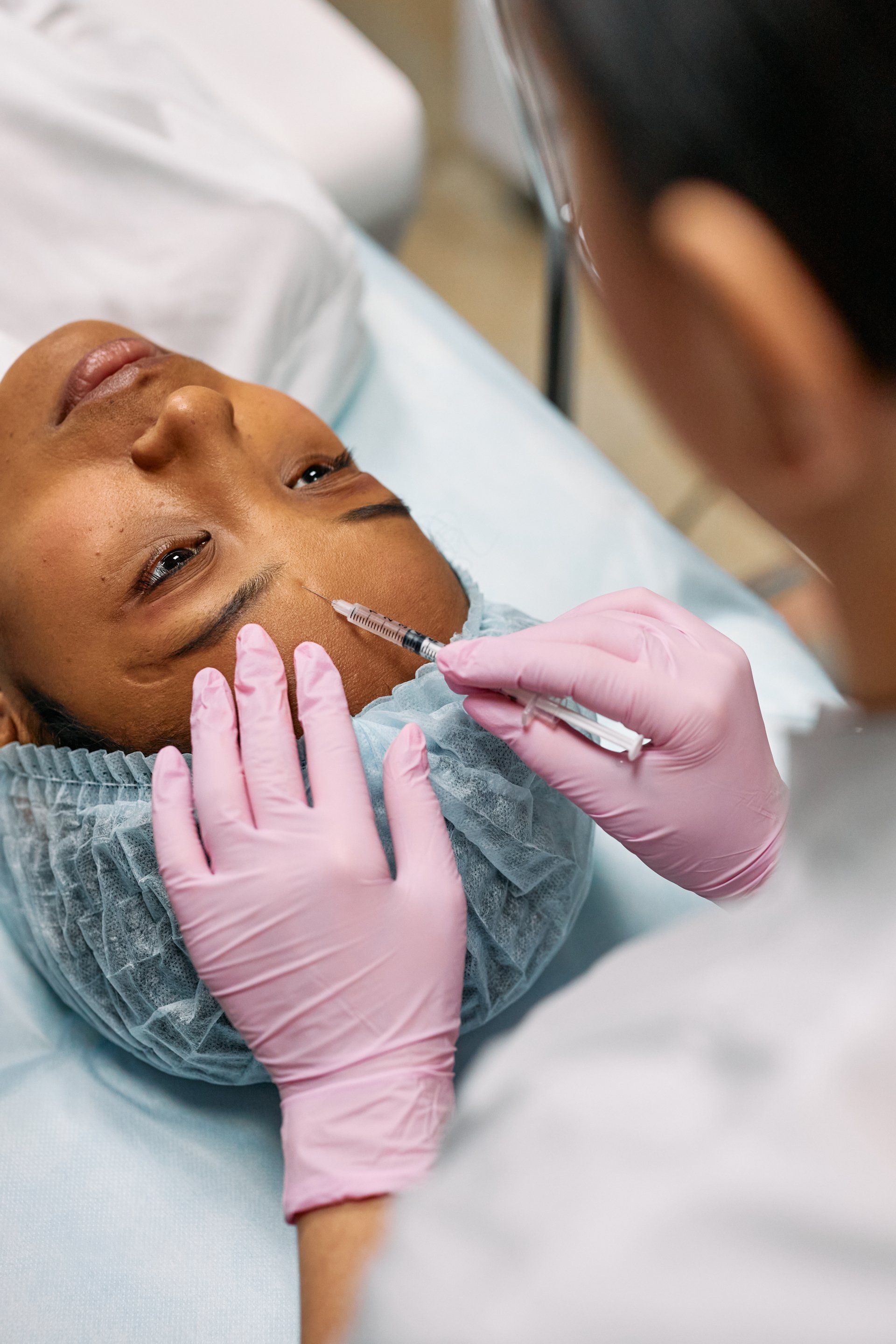Understanding Facial Side Effects: A Must for Denver Locals
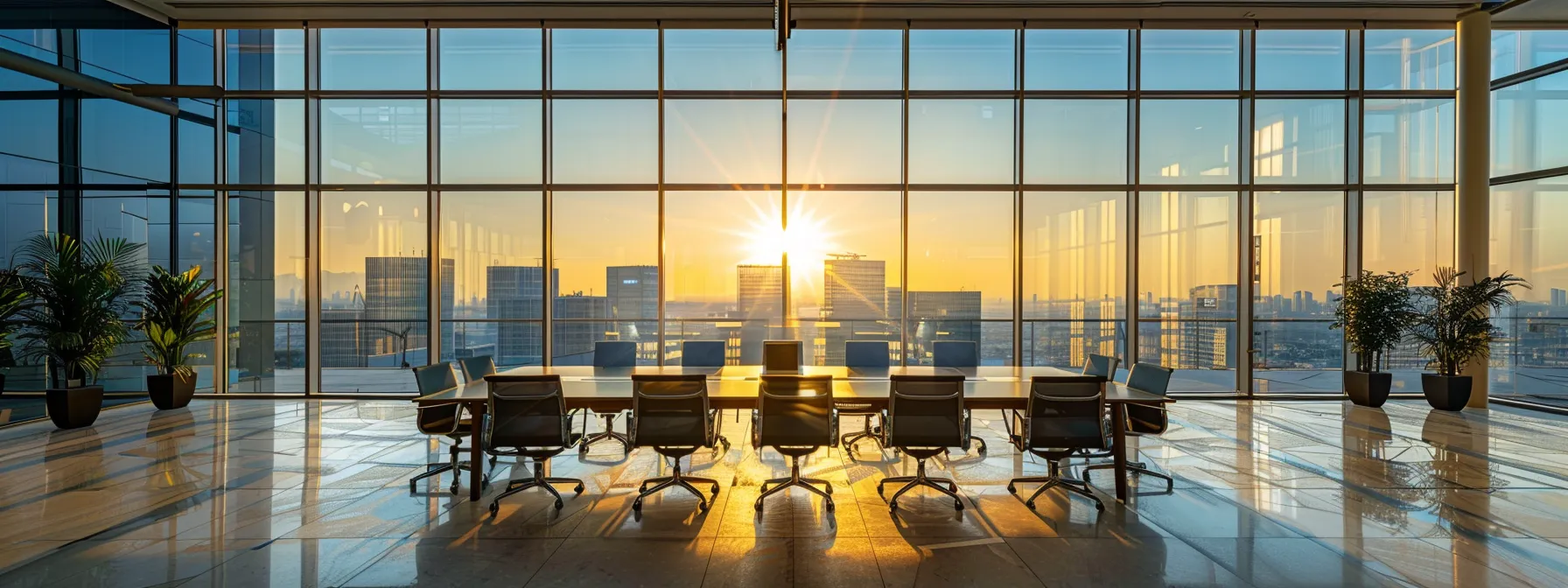
Understanding the Risks and Side Effects of Facials: What Denver Residents Need to Know
Are you thinking about getting a facial but worried about possible risks? Many Denver residents love facials for their skin benefits, but it's essential to know the potential side effects and safety considerations involved. In this article, we'll discuss common facial risks, help you identify side effects, and provide tips for managing any issues that might arise. By understanding these aspects, you can make informed decisions that prioritize your skin health and ensure a positive experience. Let’s explore what you need to know to enjoy your facial safely!
Understanding Common Risks Associated With Facials for Denver Residents
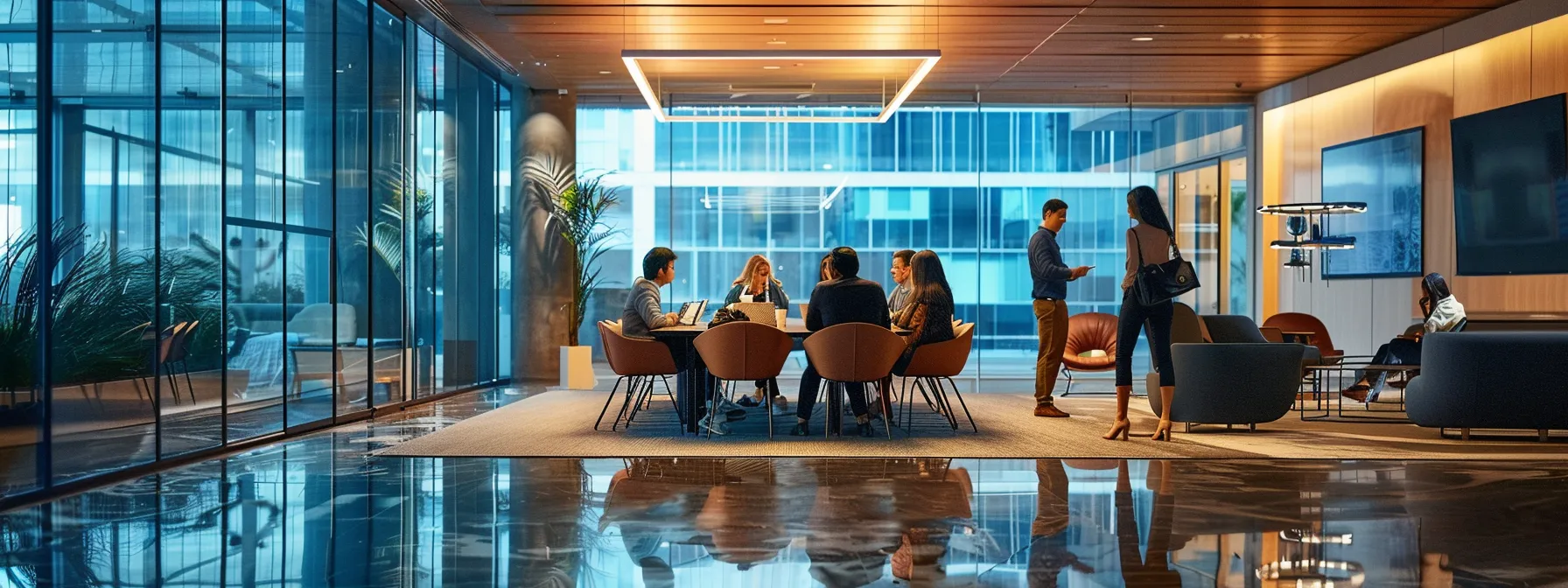
When getting treatments like facials, it's important to be aware of potential risks. Some people may experience allergic reactions to products used, while others might face skin irritation and sensitivity. There’s also a chance of infections or breakouts, especially if pre-existing skin conditions are present. Understanding these issues can help you make informed decisions about your skincare routine.
Allergic Reactions to Products
When it comes to facials, allergic reactions to products are something I always emphasize with my clients. Just like with any skincare product, there’s a chance that ingredients, even those approved by the Food and Drug Administration , can trigger a negative response. For example, someone with a sensitive skin condition might react poorly to a new serum or treatment used during a facial , leading to discomfort or irritation. It’s essential to inform your aesthetician about any allergies or past reactions you’ve had, so they can tailor the treatment to prioritize your safety.
Skin Irritation and Sensitivity
Skin irritation and sensitivity can be a common issue after facials, especially for those of us with delicate skin. I’ve seen clients experience redness or discomfort after treatments that involve certain products or even procedures like laser hair removal or botox treatments . If you’re considering a facial , it’s helpful to discuss your skin type and any prior reactions with your aesthetician to minimize the risk of irritation and ensure your skin stays healthy and comfortable.
Infections and Breakouts
When I work with clients in Cherry Creek , I always highlight the risk of infections and breakouts that can occur after facials. It's not uncommon for the facial muscles to react unexpectedly, especially if there are pre-existing skin conditions or if the products used are not suitable for your skin type. For instance, using heavy creams or certain treatments could lead to clogged pores and potential acne flare-ups, which can be frustrating if you're trying to achieve clear and healthy skin. To minimize this risk , I suggest discussing any concerns with your aesthetician before the session, so they can choose the best products for your unique skin.
Complications From Pre-Existing Skin Conditions
When it comes to facials, having a pre-existing skin condition can lead to unique complications. For example, if you’re dealing with acne or rosacea, certain products used during a facial might not provide the rejuvenation you’re after and could even worsen your situation. I always recommend being open about your skin's history, especially if you're considering treatments like Dysport or neurotoxin injections, to help your aesthetician choose the right products. This way, you can avoid unwanted side effects and ensure that every session is safe and effective for your skin type.
Identifying Side Effects of Facials
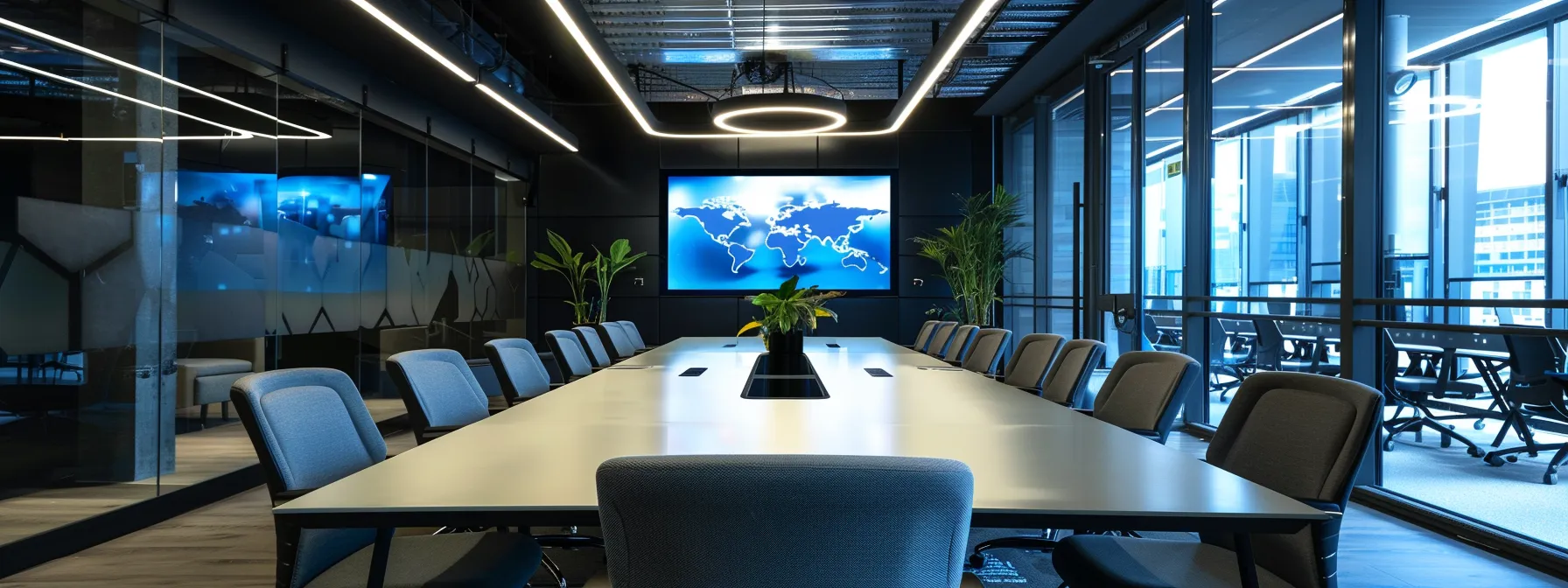
After a facial , some side effects can pop up, and it's good to know what to expect. You might notice temporary redness and swelling, which are pretty common. Discoloration or hyperpigmentation can also happen, especially for those with sensitive skin. Unexpected dryness or oiliness may occur too, as well as changes in skin texture, which are all things I’ll cover in more detail. Understanding these reactions can help you maintain your beauty and make informed decisions about your skincare routine.
Temporary Redness and Swelling
After a facial , it’s not uncommon to see some temporary redness and swelling, especially around areas where blood vessels might be more prominent. This can happen even with gentle procedures like facials, and if you’ve recently had treatments such as botox , it might be more noticeable on your neck or face. Don’t worry too much; this usually signals that your skin is responding and working on rejuvenation . If you're concerned, I recommend reaching out to your aesthetician for tips on how to soothe your skin and keep it looking great after your Denver facial aesthetics session.
Discoloration or Hyperpigmentation
After a facial , some clients might notice discoloration or hyperpigmentation on areas like the forehead . This can happen due to how your skin reacts to certain products or treatments , such as Restylane or even acupuncture . It’s usually temporary, but if you’re dealing with discomfort or pain , I suggest discussing these concerns with your aesthetician right away to find the best way to manage your skin's appearance after your treatment.
Unexpected Dryness or Oiliness
Unexpected dryness or oiliness can happen after a facial , which often takes clients by surprise. I’ve noticed that some products used during facial aesthetics can strip moisture from the skin, leading to dryness, while others might be too rich and cause an oily complexion . If you’re experiencing such changes, don’t hesitate to reach out for advice on how to balance your skin, especially if you're considering chin augmentation or pairing your treatment with physical therapy to enhance results. Keeping your skin hydrated is key to a bright and healthy appearance!
Changes in Skin Texture
After a facial , you might notice changes in skin texture, which can surprise some people. Sometimes, this is due to the impact of various medications or products used during the treatment, especially if you're seeing an injector for procedures like lip enhancements. If your skin feels rough or uneven, don’t hesitate to chat with your aesthetician about therapy options that can help restore a smoother texture, ensuring your skin regains its healthy glow.
Safety Considerations for Denver Residents

Choosing a qualified esthetician is key to getting the most out of your facial . I always recommend patch testing new products, especially if you have concerns like acne or scars. It’s important to know your skin type and communicate any worries about wrinkles or muscle tension with your professional. Each of these steps helps make your facial experience safe and effective.
Choosing a Qualified Esthetician
When it comes to choosing a qualified esthetician, I can't stress enough the importance of looking for someone with experience and proper credentials. A knowledgeable expert will understand your skin's unique needs and can advise on the best treatments , such as whether to use a topical anesthetic during procedures that involve exfoliation or acid applications. This attention to detail helps minimize the risks of side effects, ensuring that you leave your facial appointment feeling refreshed and confident in the care you received.
Importance of Patch Testing
Patch testing is a crucial step that I always recommend to my clients before trying new facial products. It involves applying a small amount of the product to a discreet area of your skin to check for any adverse reactions. This simple process can save you from discomfort and unexpected side effects during your facial , especially if you have sensitive skin or a history of allergies. By taking this precaution, you’ll feel more confident about your skincare choices and ensure a smoother, safer facial experience.
Understanding Your Skin Type and Concerns
Understanding your skin type is key to having a successful facial experience. I always encourage my clients to assess whether they have oily, dry, combination, or sensitive skin, as this knowledge helps tailor treatments that suit their unique needs. For instance, if you know you have sensitive skin, sharing that information with your aesthetician can lead to safer product choices, allowing for an effective and comfortable session.
Communicating Openly With Your Professional
When I meet with clients, I always encourage an open conversation about their skincare needs and concerns. By sharing your worries and goals, you give your aesthetician the information they need to choose the right treatments for your skin type. Whether you have questions about possible side effects or want to discuss your past experiences, the more we communicate, the better the facial experience can be tailored to your unique needs.
Managing Risks and Side Effects

After your facial , it's essential to follow some aftercare tips for optimal recovery to keep your skin looking its best. I'll discuss when it's necessary to seek professional help, as well as how to recognize signs of an adverse reaction. These insights will help you navigate your post- facial experience smoothly and ensure your skin stays healthy and glowing.
Aftercare Tips for Optimal Recovery
After your facial , taking care of your skin is essential for optimal recovery. To keep your complexion looking fresh, I suggest avoiding direct sunlight, hot showers, and strenuous workouts for at least 24 hours. Hydrating your skin with a gentle moisturizer and drinking plenty of water will also help restore balance, ensuring you enjoy the benefits of your facial without any unwanted side effects.
When to Seek Professional Help
If you notice any unusual reactions, like severe redness, swelling, or persistent irritation after your facial , it’s wise to reach out for professional help. In my experience, timely intervention can make a significant difference in managing any side effects effectively. Don't hesitate to contact your aesthetician or dermatologist, especially if you feel discomfort that disrupts your daily routine; they can guide you on the best course of action to keep your skin healthy and happy.
Recognizing Signs of an Adverse Reaction
Recognizing signs of an adverse reaction after a facial is essential for maintaining healthy skin. If you notice severe redness, swelling, or other unusual changes that last longer than a day, it's time to take action. I always advise my clients to trust their instincts—if something feels off, don’t hesitate to reach out to your aesthetician or dermatologist for guidance. This proactive approach can help you address any concerns early and keep your skin looking its best.
Frequently Asked Questions About Facial Risks
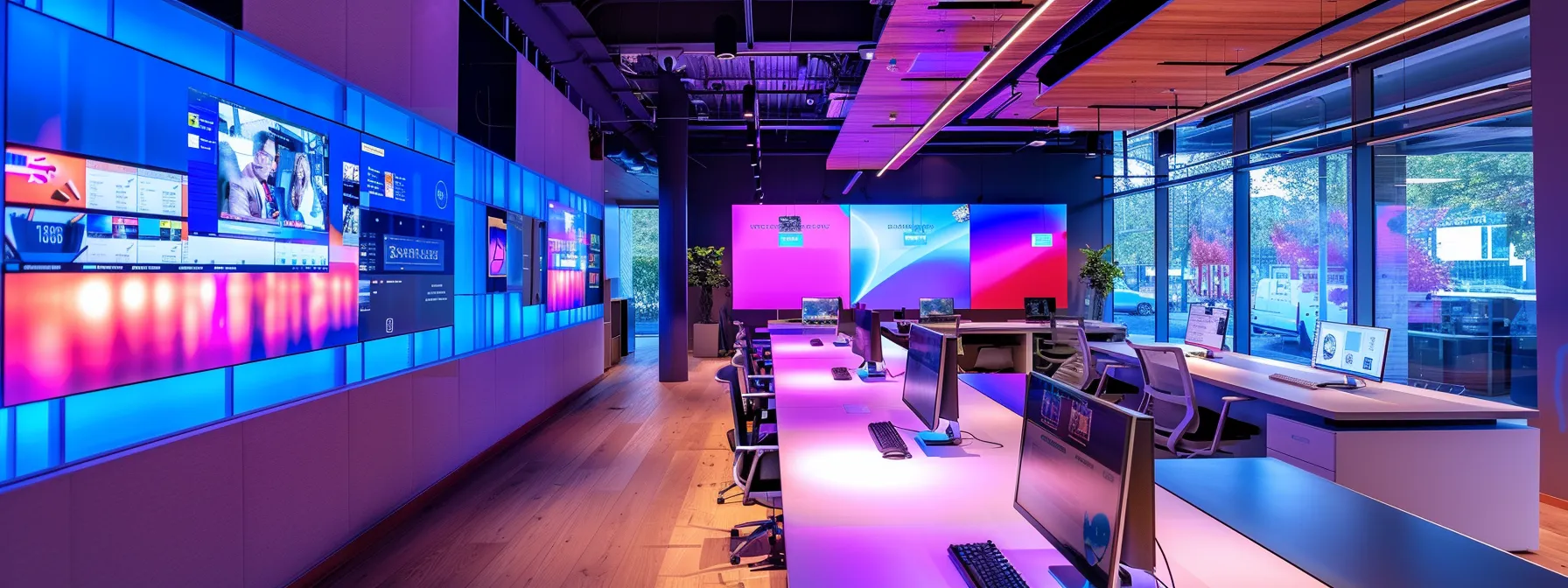
Let’s dive into some common questions about facial risks that I often hear from clients. First, we’ll discuss whether facials are safe for all skin types. Then, I'll share practical tips on how to minimize risks during your session. If you do experience side effects, I'll guide you on the best steps to take. Lastly, we’ll cover specific facials you might want to avoid. Understanding these points can help ensure a smooth, enjoyable experience.
Are Facials Safe for All Skin Types?
When it comes to facials, not every treatment is suitable for all skin types. Some clients with sensitive or reactive skin may find certain products can lead to irritation or an allergic response. That’s why I always recommend discussing your skin type and any specific concerns with your aesthetician before scheduling a facial to ensure that the treatment you choose is tailored to your unique needs.
How Can I Minimize Risks?
To minimize risks during your facial , I recommend having an upfront conversation with your aesthetician about your skin type and any concerns you might have. This open communication allows them to tailor the treatment specifically for you, which is crucial for avoiding irritation and other side effects. Also, make sure to avoid trying new products just before your appointment; sticking to what you know works for your skin helps ensure a smoother experience.
What Should I Do if I Experience Side Effects?
If you notice side effects after your facial , my first piece of advice is to stay calm and assess the situation. Reach out to your aesthetician or dermatologist with details about what you're experiencing, as they can provide guidance on the best next steps. It’s always better to communicate any discomfort early on; this way, you can address any reactions and ensure your skin is back to looking great as soon as possible.
Are There Specific Facials to Avoid?
When considering facials, there are indeed specific types I often advise clients to be cautious about, especially if they have sensitive or breakout-prone skin. For instance, aggressive treatments that use strong acids or microdermabrasion can sometimes cause irritation or aggravate existing conditions. It's always a good idea to discuss your skin's history with your aesthetician so they can recommend facials that will be safe and effective for your unique needs.
Personal Experiences and Client Testimonials

In my experience, hearing real-life accounts from clients really sheds light on the risks and side effects associated with facials. Through case studies of Denver residents, we’ll look at specific side effects they encountered and the valuable lessons learned from their feedback. These insights can help guide your personal skincare journey and ensure a safer facial experience.
Case Studies on Facial Risks in Denver
In my time working with clients here in Denver, I’ve seen a range of experiences related to facial risks. One client, for instance, developed mild redness after their first facial , which they didn't expect but learned was a normal reaction. Hearing these firsthand accounts helps highlight the importance of keeping an open dialogue with your esthetician, ensuring your unique skin needs are met and potential side effects minimized.
Real-Life Accounts of Side Effects
I've talked to many clients who faced various side effects after their facials. For instance, one client experienced unexpected dryness for a few days after a treatment, which prompted us to reevaluate her skincare routine. Hearing these real-life accounts helps me guide others in Denver and show that while facials can be beneficial, staying informed about potential reactions is key to achieving the best results for your skin.
Lessons Learned From Client Feedback
From my experience working with clients in Denver, I’ve learned that honest feedback is invaluable. Many have shared their stories of unexpected side effects, such as temporary redness or dryness, which helped me understand the importance of tailoring treatments to individual skin types. These conversations not only guide my approach but also empower clients to make informed decisions about their skincare, ultimately leading to safer and more satisfying facial experiences.
Conclusion
Understanding the risks and side effects of facials is vital for Denver residents seeking optimal skincare. By being aware of potential allergic reactions, irritation, and complications from pre-existing conditions, you can take proactive steps to ensure a safe experience. Open communication with your esthetician and thorough knowledge of your skin type play essential roles in tailoring effective treatments . Make informed choices about your skincare journey to enjoy the benefits of facials while minimizing unwanted outcomes.
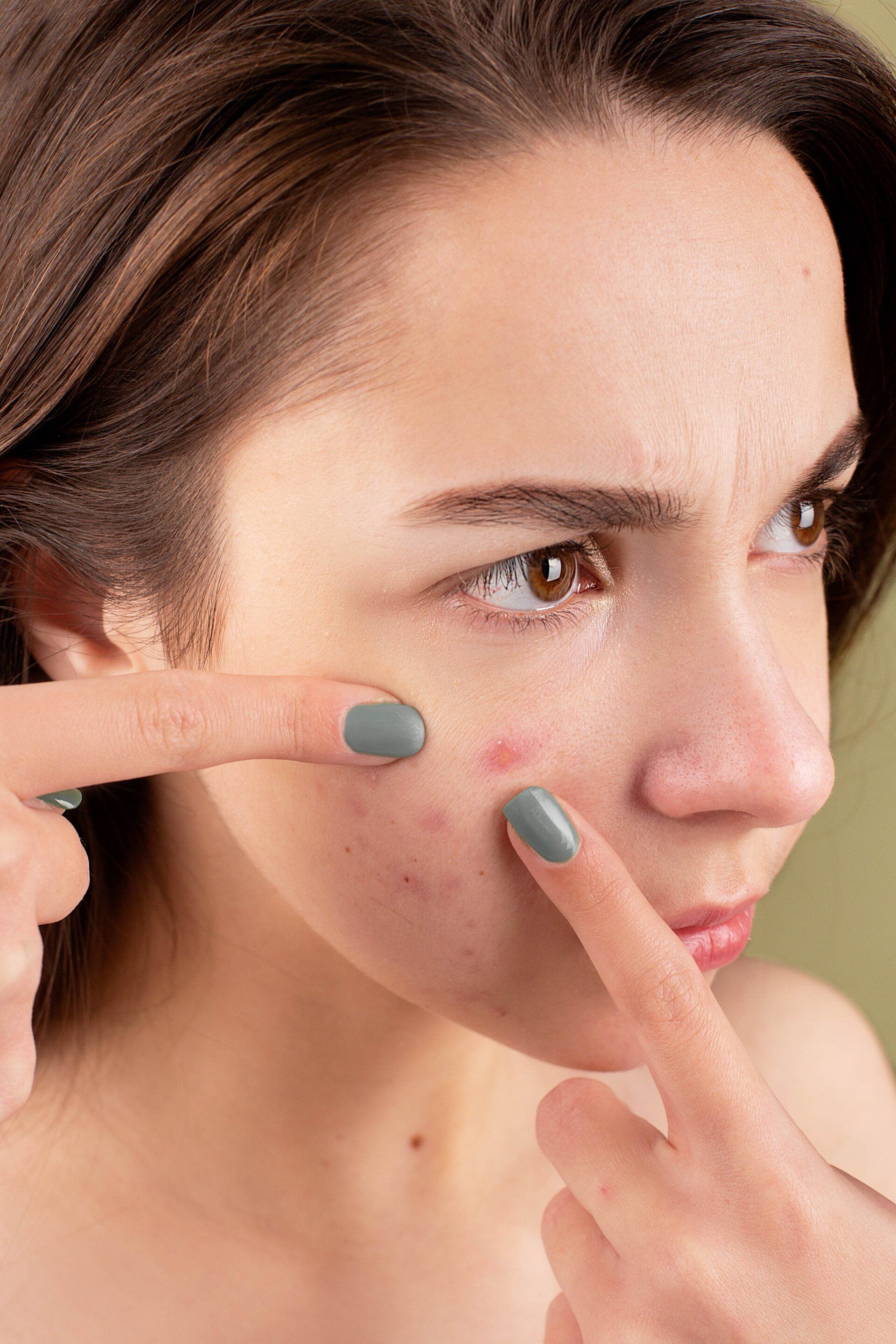
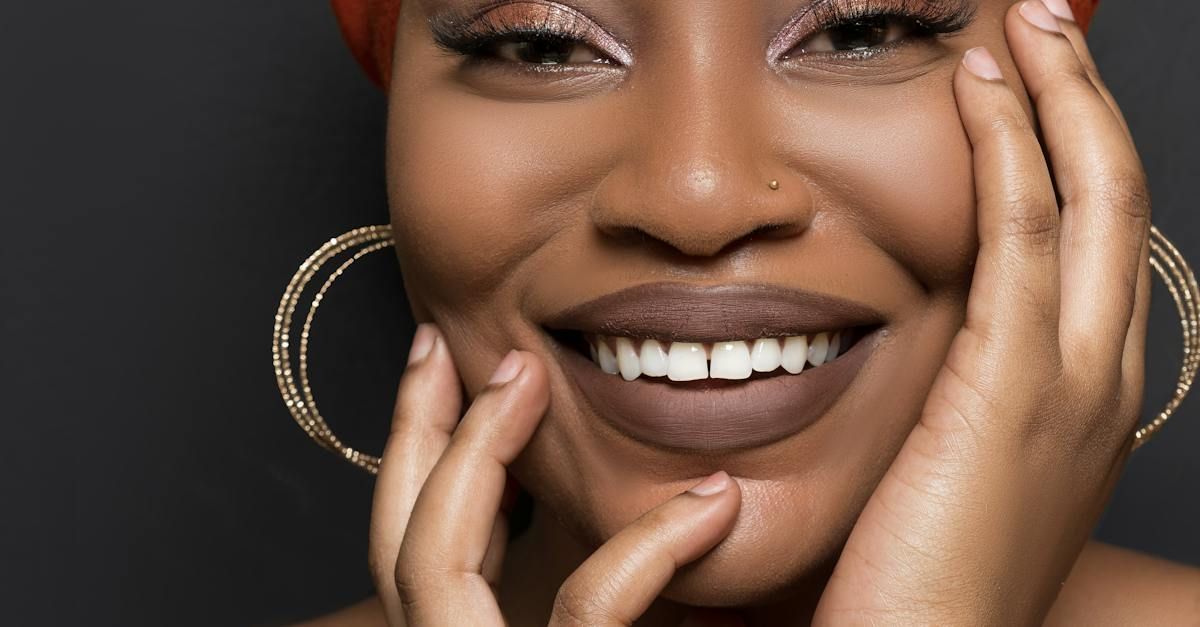
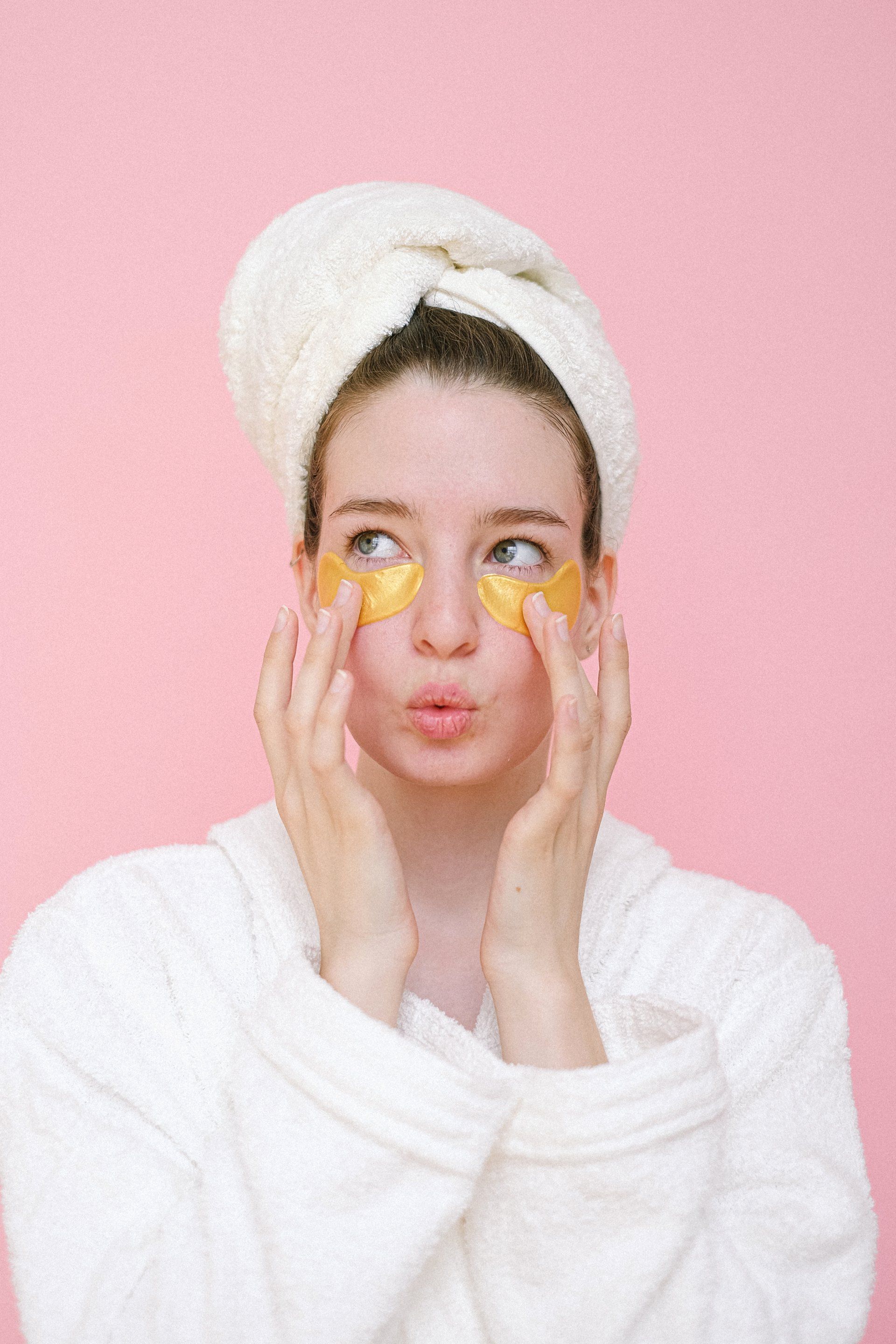
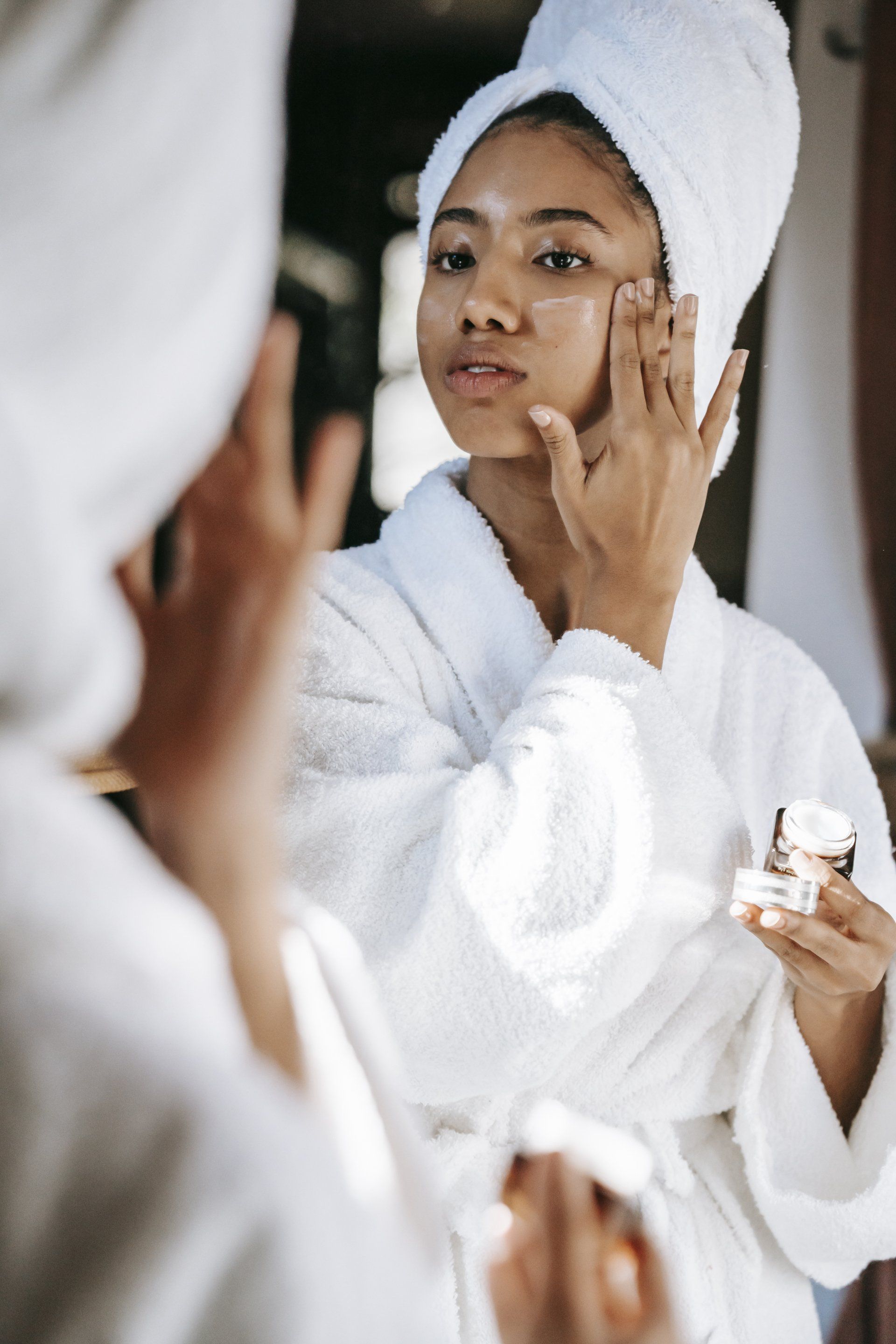

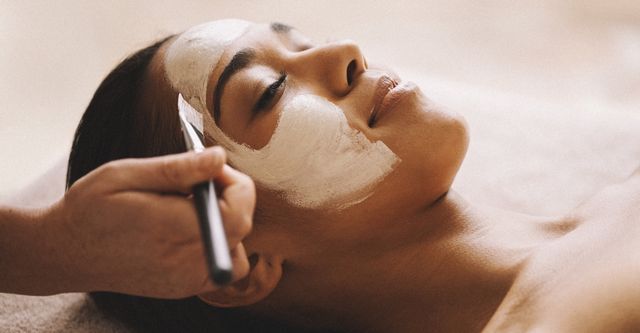


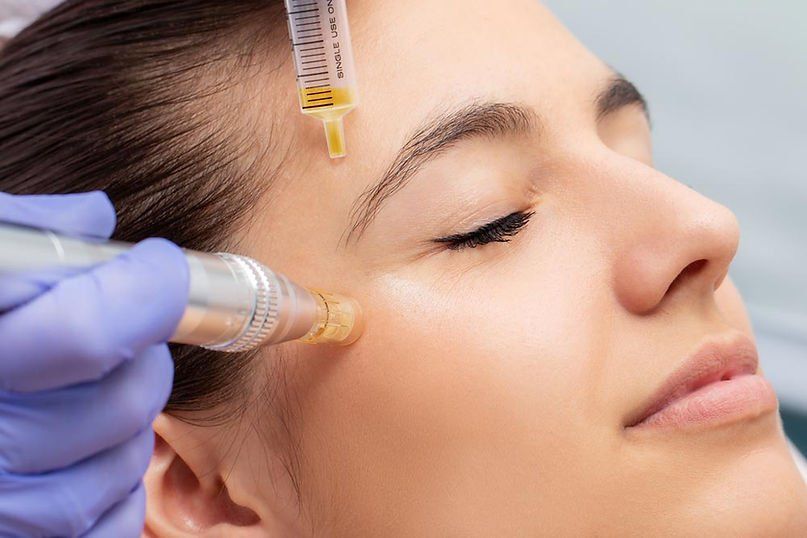
SIGNAL Skin Science is Denver's best facial, skin care and wellness spa offering custom facials, clinical treatments including acne treatment, microneedling, dermaplane, chemical peels, BioRePeel, Thermoclear radiofrequency, eyebrow shaping, lash and brow tinting. Also offering virtual consultations for boosting your at-home skin care regimen.
Offering the best facial in Denver with a holistic-meets-medical treatment approach that is customized by our expert estheticians to your needs.
Signal Skin Science
All Rights Reserved | Signal Skin Science

